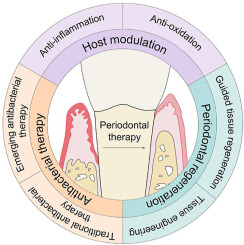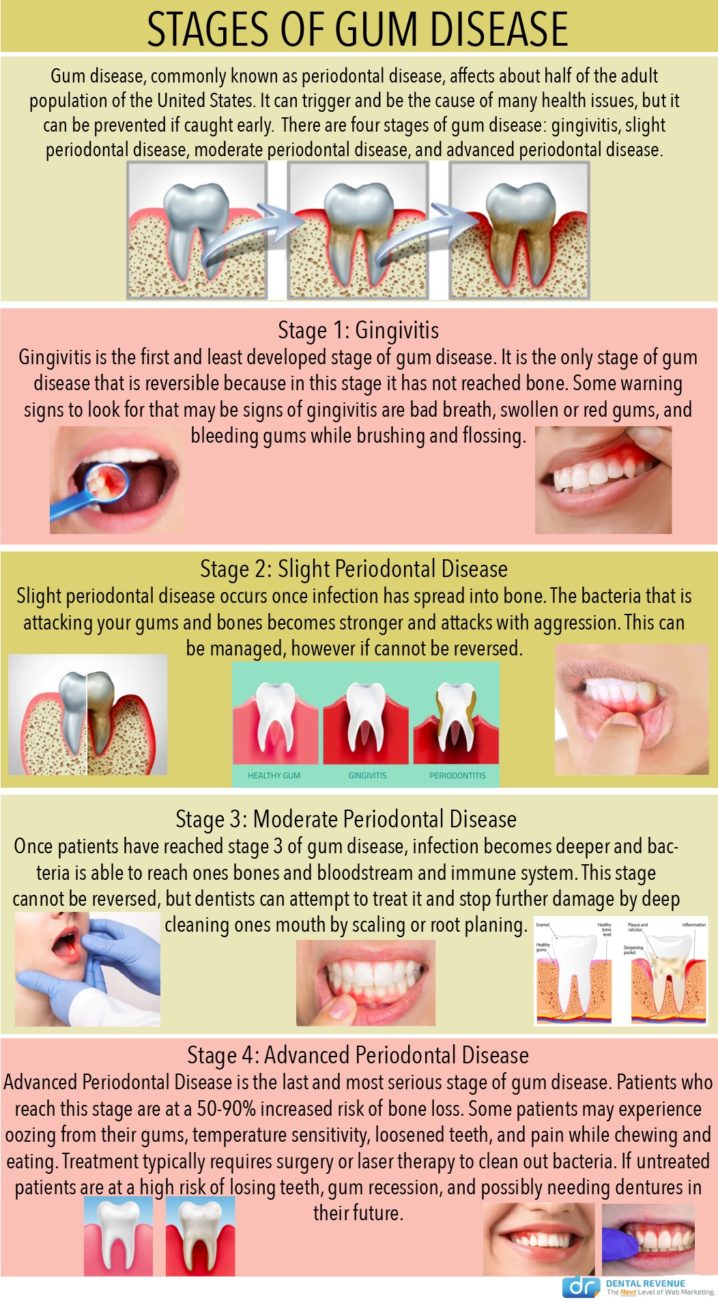
Introduction
Gum disease, also known as periodontal disease, is a common oral health condition that affects the gums and supporting structures of the teeth. It is caused by the buildup of plaque, a sticky film of bacteria that forms on the teeth. If left untreated, gum disease can lead to tooth loss and other serious health complications. In this article, we will explore the causes, symptoms, and treatment options for gum disease.
Causes of Gum Disease
Gum disease is primarily caused by poor oral hygiene practices. When plaque is not regularly removed through proper brushing and flossing, it can harden into tartar, which irritates the gums and leads to inflammation. Other factors that can contribute to gum disease include:
1. Smoking
Smoking weakens the immune system and reduces the body’s ability to fight off infections, including gum disease.
2. Hormonal Changes
Hormonal changes during puberty, pregnancy, and menopause can make the gums more sensitive and prone to gum disease.
3. Diabetes
Diabetes can increase the risk of gum disease as it impairs the body’s ability to control blood sugar levels, making the gums more susceptible to infection.
4. Medications

Certain medications, such as anticonvulsants and oral contraceptives, can increase the risk of gum disease by causing dry mouth or gum overgrowth.
Symptoms of Gum Disease
Recognizing the symptoms of gum disease is crucial for early detection and treatment. Common signs and symptoms include:
1. Red, Swollen Gums
Gums that appear red, swollen, or tender are often an indication of gum disease.
2. Bleeding Gums
Gums that bleed easily, especially during brushing or flossing, may be a sign of gum disease.
3. Receding Gums
Gums that pull away from the teeth, making them appear longer, can be a symptom of gum disease.
Summary
Gum disease is a prevalent oral health issue that can have serious consequences if not addressed in a timely manner. It is primarily caused by the accumulation of plaque on the teeth, which leads to inflammation and infection of the gums. Common symptoms of gum disease include red, swollen, and bleeding gums, as well as bad breath and loose teeth. Treatment options for gum disease range from professional dental cleanings and improved oral hygiene practices to more advanced procedures such as scaling and root planing, gum grafting, and laser therapy. Regular dental check-ups and maintaining good oral hygiene habits are crucial in preventing and managing gum disease. By understanding the causes, recogniz ing the symptoms, and seeking appropriate treatment, individuals can take control of their oral health and prevent the progression of gum disease.
What causes gum disease?
What are the symptoms of gum disease?
How is gum disease treated?

Welcome to my website! I’m Timothy Martens, a dedicated and experienced Periodontist specializing in dental braces, gum disease treatment, dental scaling, and toothpaste recommendations. With a passion for oral health and a commitment to providing exceptional care, I strive to help my patients achieve healthy and beautiful smiles.
